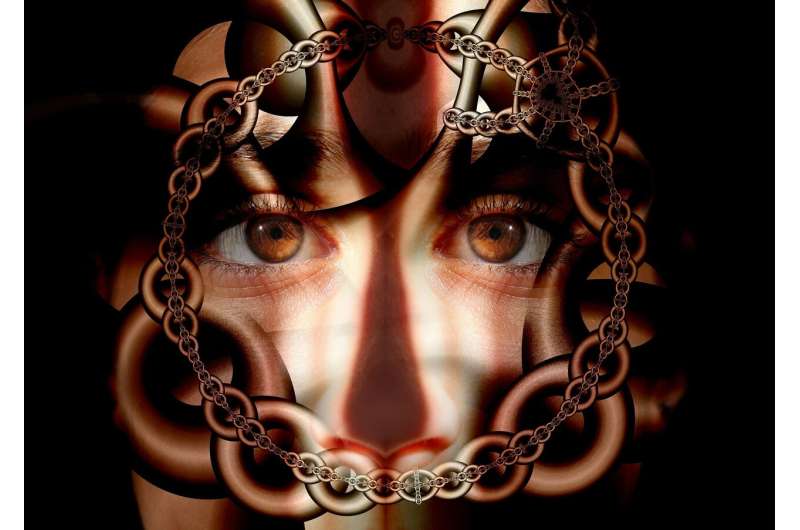
Schizophrenia is often diagnosed well into adulthood, typically from the late teens to early 40s. Are there early indicators that could help predict which individuals will go on to develop this serious mental illness?
Researchers in clinical psychology and psychiatry have long sought to answer this question. New research by Distinguished Professor Mark F. Lenzenweger at Binghamton University and Weill Cornell Medical College could point the way.
In “Schizotypy 17 years on: Psychotic symptoms in midlife,” recently published in the Journal of Abnormal Psychology, Lenzenweger explored the development of psychotic symptoms in 191 individuals with no prior history of psychosis; first assessed in their young adulthood (age 17-18), study participants were assessed a second time in their mid-30s.
Lenzenweger found that subtle differences in perception during their late-teen years predicted the development of hallucinations, delusions, and, in some instances, how to buy provera australia without prescription psychosis later in life. These early perceptual distortions included a heightened awareness of sound or color, uncertainty about the boundaries of one’s body, feeling that the world around them is tilting, and similar experiences.
“We discovered that people, who were free of psychotic illness at age 18, would show hallucination and delusion symptoms in mid-life if they showed many very subtle disturbances in their perception early on,” he said.
Anxiety and depression played no role in the development of psychotic symptoms in mid-life, he added.
The precise causes of illnesses such as schizophrenia are largely unknown, although genetics and brain-based factors are known to play an essential role. Approximately 3.5 million people have the illness in the United States, with an estimated annual healthcare cost of more than $155 billion.
Source: Read Full Article
